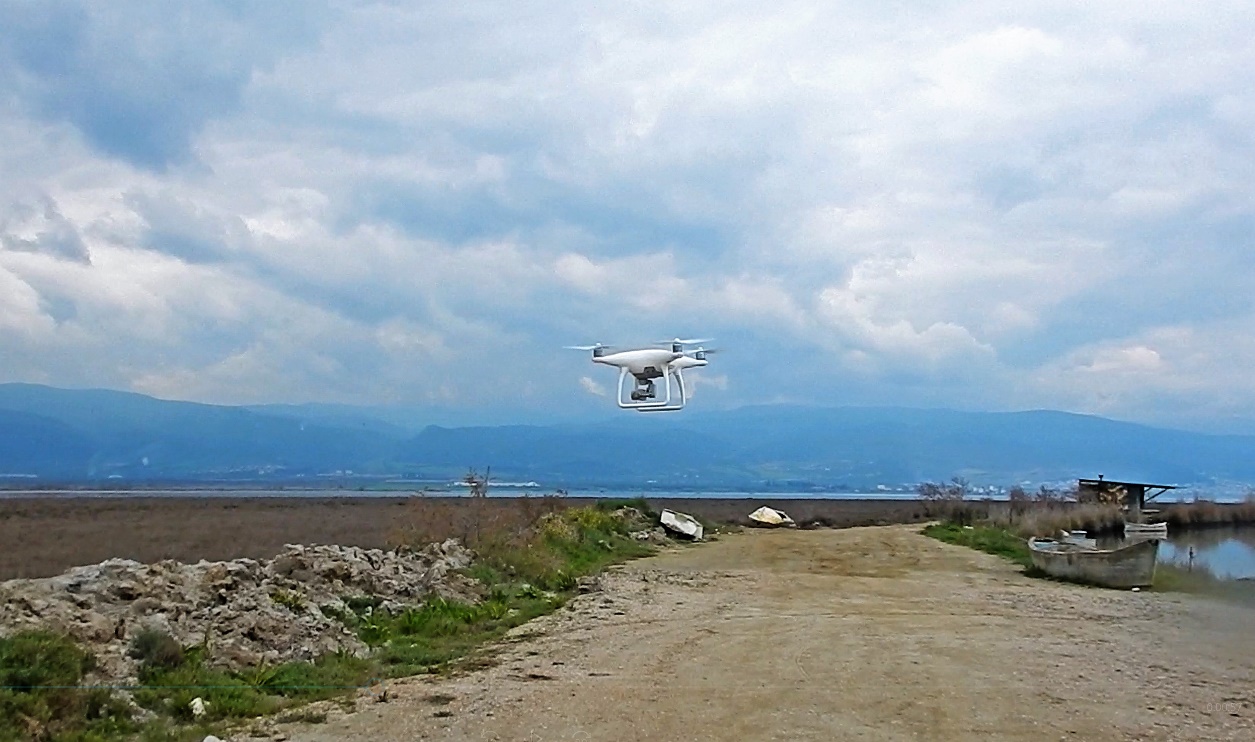Director: Prof. I. Papanikolaou
Tel.: +30 210 529 4151
E-mail: i.pap@aua.gr
The Mineralogy and Geology Laboratory belongs to the Sector of Geological Sciences of the Department of Natural Resources Development & Agricultural Engineering in the Agricultural University of Athens and was founded in 1920, shortly after the establishment of the Agricultural University. The Agricultural University of Athens is the third oldest University in Greece. For ninety years now, it covers a wide range of topics with emphasis in the sciences of the earth and the environment through basic and applied research. It is situated in a 25-hectare green campus that stretches on both sides of the historic Iera Odos (the Sacred Way of antiquity), close to the centre of Athens, at the heart of the ancient Olive Grove.
The Laboratory of Mineralogy and Geology belongs to the Faculty of Science in the Agricultural University of Athens and it is the sixth Laboratory that was founded by the beginning of operation of the Agricultural University of Athens (called then Supreme Agricultural School of Athens, 14/01/1920). Professors Georgalas, Voreadis, Paraskevaidis, Davi, Migiros and Stamatis were the previous directors of the Laboratory. At present, the laboratory is directed by Associate Professor I. Papanikolaou.
The laboratory is one of the best equipped laboratories in Greece, for studying the physical and mechanical properties of earth materials as well as the hydrogeological properties. It has all the necessary equipment, including scientific tools, PC and software.
The lab and its personnel draw upon a range of topics through an extensive research network that is broadly grouped in:
- Geology: Geotectonics, neotectonics, geomorphology, sedimentology, remote sensing, geographical information systems, land use, natural disasters, pollution.
- Mineralogy – Petrology: Mineral chemistry, petrography, geochemistry, industrial minerals and rocks.
- Hydro-Geology: Hydrochemistry, pollution, management and exploitation of subterranean water.
- Remote Sensing: Land Use fire and frost hazard mapping and other enviromental applications
Main Equipment
The Mineralogy – Geology laboratory was founded in 1920, one of the oldest in Greece, having its 100 year anniversary this year. It comprises the Section of Geological Sciences of the Department of Natural Resources Development and Agricultural Engineering of the School of Environment and Agricultural Engineering in the Agricultural University of Athens. It is divided in 4 internal Units: a) Hydro-geochemistry, b) Remote Sensing and Geological Mapping, c) Soil and Rock mechanics, d) Optical and electronic microscopy.
It is one of the best equipped laboratories in Greece, for environmental monitoring, for studying natural resources, hydrogeological properties as well as the physical and mechanical properties of earth materials. It has all the necessary equipment, including scientific tools, PC and software. Over the last decade, the Laboratory participated in more than 30 research projects, under private, national or EU funds. These projects include environmental and hydrogeological studies, water and soil quality inspections, rock mechanics, geotechnical properties and natural hazards assessment.
The Mineralogy – Geology laboratory is equipped with instruments that provide precise results for a wide range of major and trace elements, physical (e.g. pH, Eh, TDS, electrical conductivity) and biogeochemical (COD, BOD, TOC) parameters in water and soil analyses. It is also equipped with samplers for soil or waterbed sediments for hydrological and environmental studies. The available equipment is presented below:
- ICP-OES (Inductively Coupled Plasma Optical Emission Spectrometer), Perkin Elmer Optima 8000 (Year 2016). It is a dual-view (axial and radial) ICP-OES with full-wavelength-range CCD array detector, Flat Plate™ plasma technology and PlasmaCam™ viewing camera. It uses pure (99.999%) Argon gas to create the plasma, at temperatures that reach up to 10,000K, in order to produce excited ions and atoms that emit radiation at characteristic wavelengths for each element. The radiation is analyzed in the optical chamber, which is purged with pure (99.999%) nitrogen gas. It is a major tool for geoenvironmental monitoring applications since it can detect up to 74 trace elements (atom or ion state) in water, soil and bedrock. It offers detection limits in the ppb range and even lower for several elements. It has also several applications regarding the food industry such as the determination of metals in wine, arsenic in food and water, trace elements bound to proteins and the determination of nutrient levels in agricultural soils. This is important for calculating the amount of fertilizer required to maximize crop yield and quality.

- Electron Probe Micro-analyzer JEOL JXA 8900 Superprobe Electron Probe MicroAnalyser (EPMA) obtained with Stavros Niarchos Foundation funds is the only EPMA instrument in Greece. The EPMA involves bombarding of a specimen with a focused electron beam and analyzing the emitted x-rays. It generally combines two related analytical techniques energy-dispersive spectroscopy (EDS) and wavelength-dispersive spectroscopy (WDS). When combined together, EDS and WDS complement each other to produce a powerful analytical instrument. It is a microbeam instrument used primarily for the in situ non-destructive chemical analysis of minute solid samples. It is fundamentally the same as a Scanning Electron Microscope (SEM), with the added capability of chemical analysis. It reveals information such as the texture, chemical composition, and crystalline structure and orientation of materials. Its primary importance is the ability to acquire precise, quantitative elemental analyses at very small “spot” sizes (as little as 1-2 microns). It is capable to measure the abundance of all elements from Be to U using four automated wavelength-dispersive spectrometers (WSD) and an energy-dispersive spectrometer (EDS) for quick identification of the probed phase. With the combined help of EDS and WDS, and the high-resolution electron microscope, is capable of variable-scale element mapping of the solids. It is able to characterize a large variety of materials like minerals (e.g., clay minerals-zeolites), rocks (e.g., bentonite), synthetic inorganics (e.g., synthetic zeolites from fly ash), biogenic materials (e.g., diatoms) and others. The characterization includes the following specific topics: Texture characterization, Accurate, non-destructive –in-situ (micro-scale) – chemical analyses, X-Ray mapping for a variety of elements.
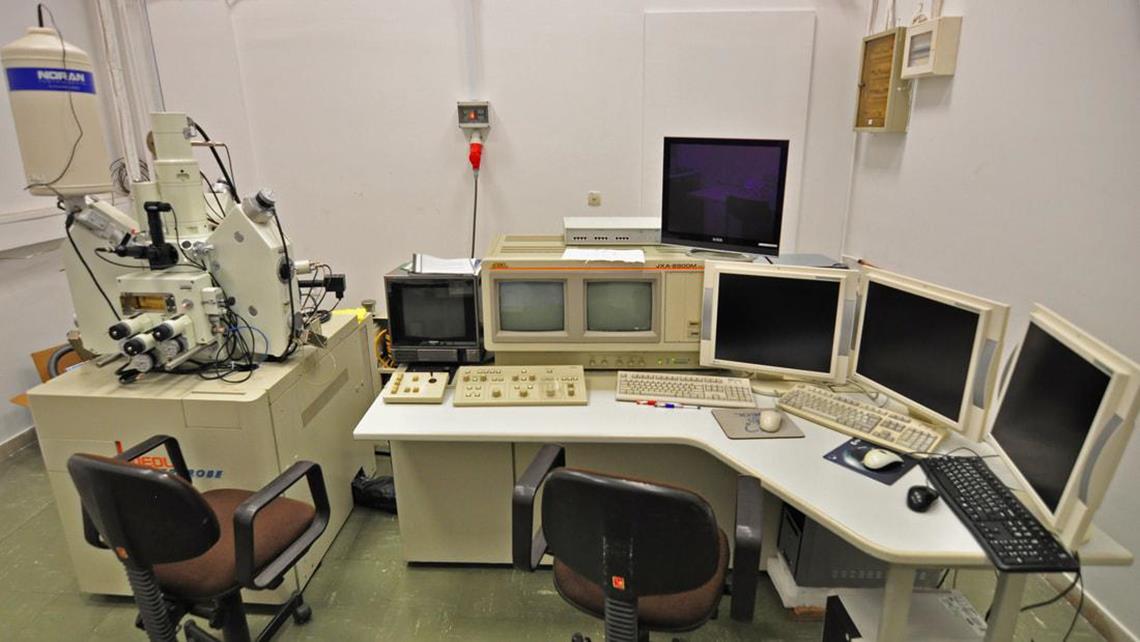
- Atomic Absorption Spectrometry (AAS (GBC/908AAS, year 1997) with a Graphite furnace extension. It offers a quantitative determination of chemical elements using the absorption of optical radiation (light) by free atoms in the gaseous state. The extension of the graphite furnace offers detection limits in the ppb range for most elements, whereas Interference problems are also minimized.
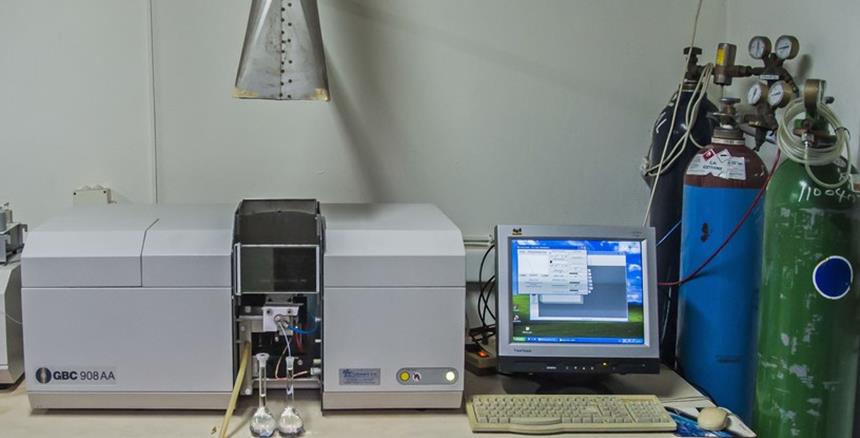
- Photoelectric flame photometer (INTECH/420, year 2010) is used in inorganic chemical analysis so as to determine the concentration of certain metal ions, such as Sodium (Na), potassium (K), Lithium (Li), and calcium (Ca).

- Spectrophotometer (HACH DR/3000, Year 1996). Microprocessor operated instrument, preprogrammed for most water management test requirements. It is a single-beam spectrometer and it uses a douple-pass grating monochromator capable of wavelengths from 325 to 1000 nm.
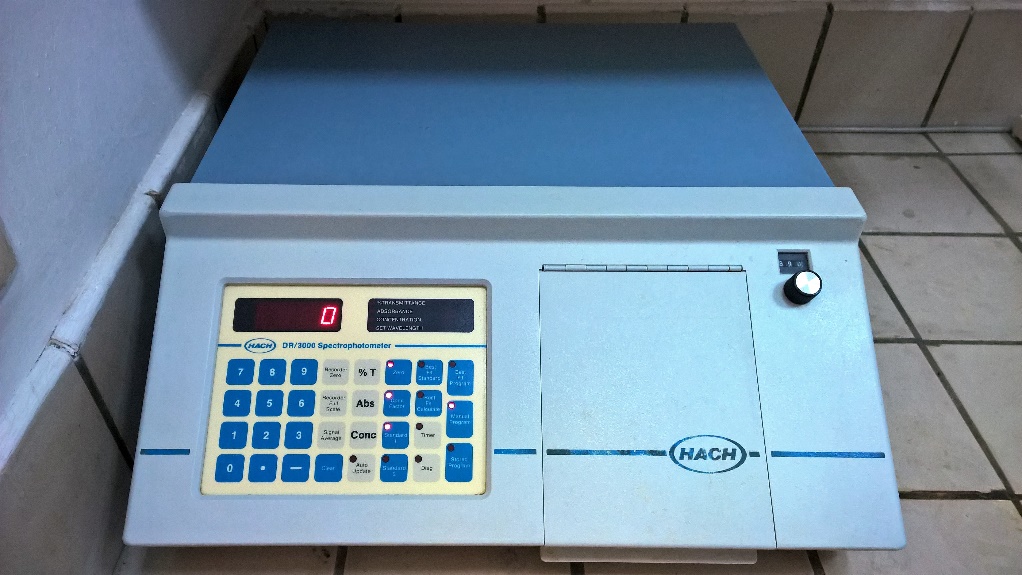
- Van Veen Grab 250 cm² (Year 2017). Sampler for collecting bottom sediments for biological, hydrological and environmental studies. It is made of AISI 316 stainless steel and the surface is electro polished. The grab itself is manufactured from 3 mm plate (250 cm²).
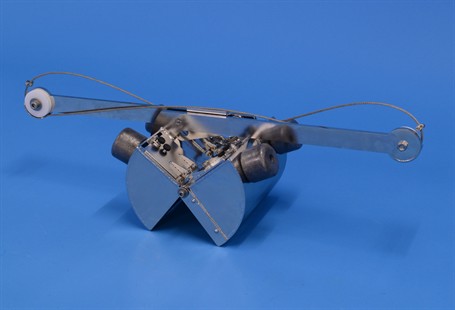

- Carbon Analyser Coulomat 702 SO/CS (Year 1998) inorganic Carbon analysis of solid samples. Determination of carbon (and sulphur) in metals, organic and inorganic solids. It is one of the main instruments for measuring carbon content in bituminous limestones and marbles.
- Chemical Oxygen Demand COD – BOD (Biochemical Oxygen Demand) (HACH-COD Reactor, year 2003), it provides a measure of organic removal by treatment processes.
- X-ray Diffractometer (XRD) Bruker D8 VENTURE (jointly with the laboratory of Physics, year 2015). Single Crystal X-ray Diffraction that includes also an extension for receiving powder. It is a tool used for identifying the atomic and molecular structure of a crystal. It is the principal method for determining the arrangement of atoms in minerals and metals and is used also for protein screening and crystallography purposes.
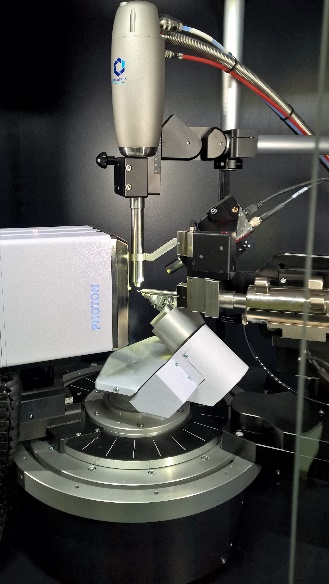
- Unmanned aerial vehicle (UAV) DJI Phantom 4 (year 2016). It offers full 360⁰ range, using a 12.4MP camera with a 1/2.3” CMOS sensor for advanced survey, mapping, and photogrammetry applications. It is a key instrument for natural hazards assessment and agricultural research. It can be used for plant counting and monitoring a variety of crops at every key growth stage, as well as for high resolution digital surface models (DSM) development. It is a major tool for studying flood and landslide risks, monitoring erosion and inspecting drainage and irrigation systems.
